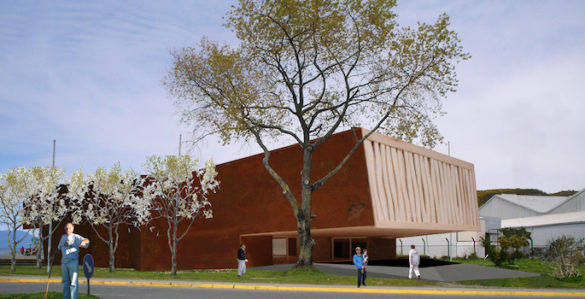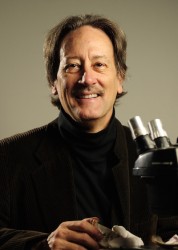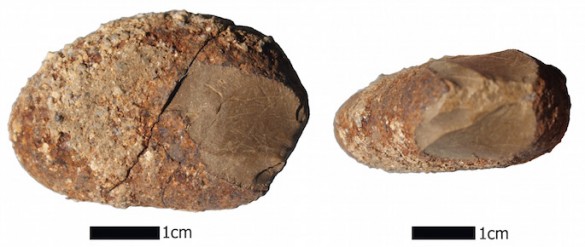
The government of Chile, in conjunction with UNESCO, has announced plans to build a museum in the southern tourist city of Puerto Montt featuring the discoveries of Vanderbilt archaeologist Tom Dillehay. Dillehay’s excavations of a nearby site called Monte Verde revolutionized understanding of how and when the Americas were first peopled. Puerto Montt is a tourist hub for cruise ships that draws around 800,000 visitors from around the world every year. The museum is scheduled to open sometime in 2018.

Dillehay, the Rebecca Webb Wilson Distinguished Professor of Archaeology, has worked in Chile for nearly 40 years, is a dual citizen of that nation and holds a number of academic appointments at Chilean universities. “This is a great honor,” he said. “I greatly appreciate this rare opportunity to bring these discoveries directly to the people of Chile and visitors from all over the world.”
Until the 1970s, the prevailing understanding was that the Americas first began to be populated 13,000 years ago by big-game hunters from Asia who used a distinctive type of fluted stone projectile point called a Clovis point. Dillehay’s work revealed the remains of a settlement belonging to a technologically and economically distinct human population that predated the Clovis people by more than a millennium. Subsequent excavations by Dillehay have pushed that timeline back even further, showing that cold-adapted people were well established in the area more than 15,000 years ago—during the final centuries of the last ice age.
The age of the settlement is not the only remarkable thing about it, however. “It’s the only Pleistocene Ice Age settlement in the world where you find such excellent preservation of organic materials,” Dillehay said. “Most archaeological sites you get stones, maybe bones if you’re lucky, but here we get the full spectrum: soft tissue, meat, hides, knotting, architectural remains of long tents and structures, some genetic evidence now coming out of the humans who were there, and a lot of wood and other items. It’s just an amazing record.” Because of its archaeological significance, UNESCO is currently considering an application to have Monte Verde named a World Heritage Site.

The Museo Monte Verde will also feature exhibits interpreting Dillehay’s ethnographic research of Chile’s native Mapuche people. Dillehay is the director project on the political identity of the Mapuche’s ancestors, the Araucanians, who resisted the Spanish Empire, and the impact of that resistance on their descendants. The facility will also serve as a research station for scholars working in the region.
Dillehay will spend the fall semester in Puerto Montt to work on the museum’s exhibits, and will lead a Vanderbilt Travel tour to Chile, including Monte Verde, in November.